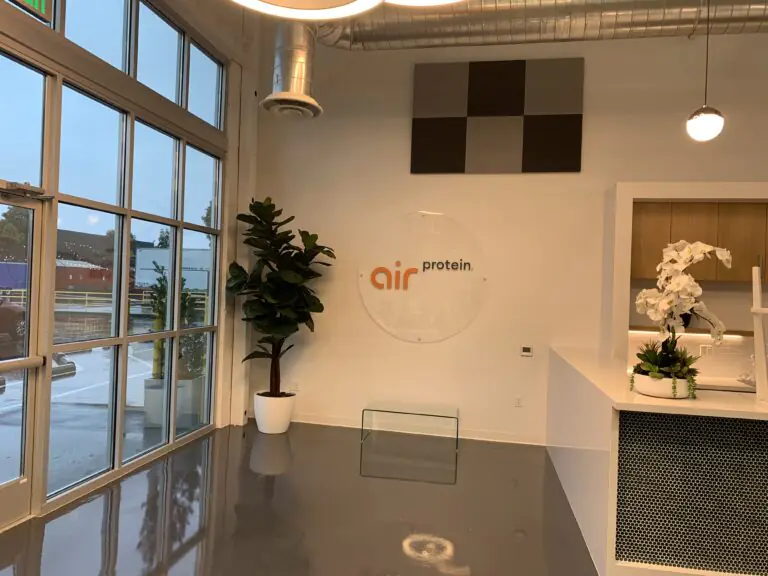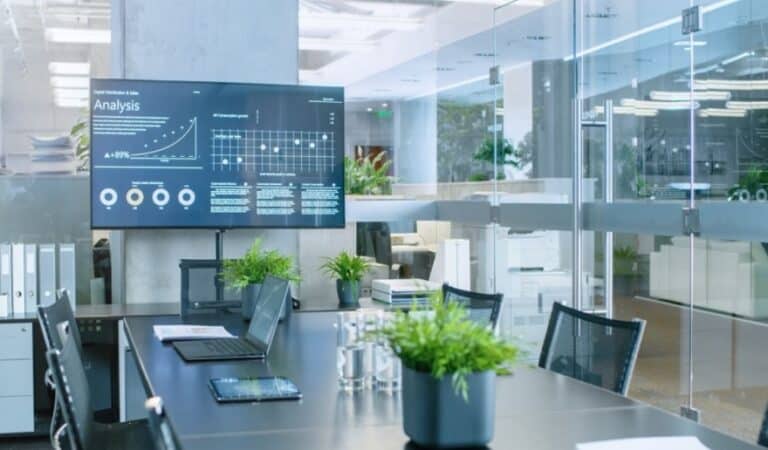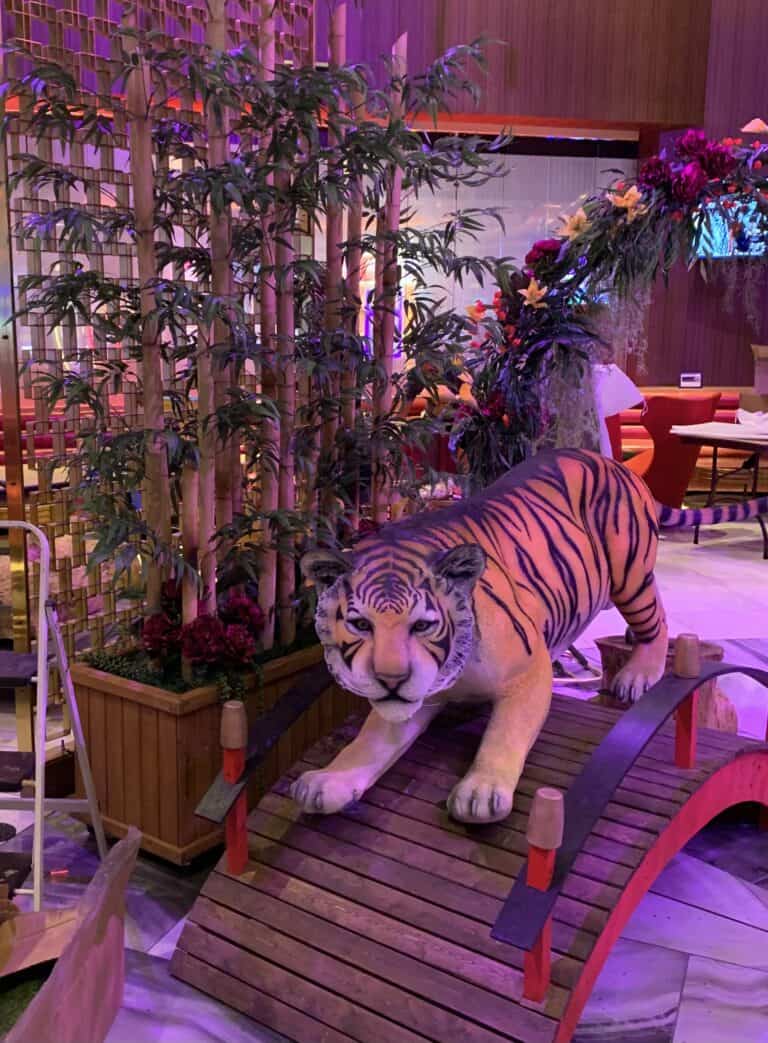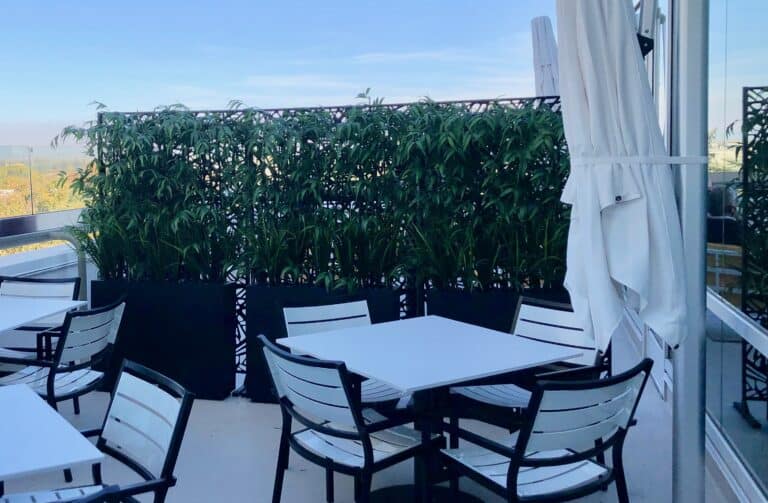How Artificial Plantscapes can boost Employee Productivity
In today’s fast-paced world, the workplace environment plays a crucial role in boosting the productivity and satisfaction of employees. Furniture, lighting, and even the temperature of the office can impact employee mood and motivation. But what if there were another element that could be added to the office environment that would have a significant impact on employee morale and productivity? The answer to this question may lie in the use of commercial artificial plantscapes.
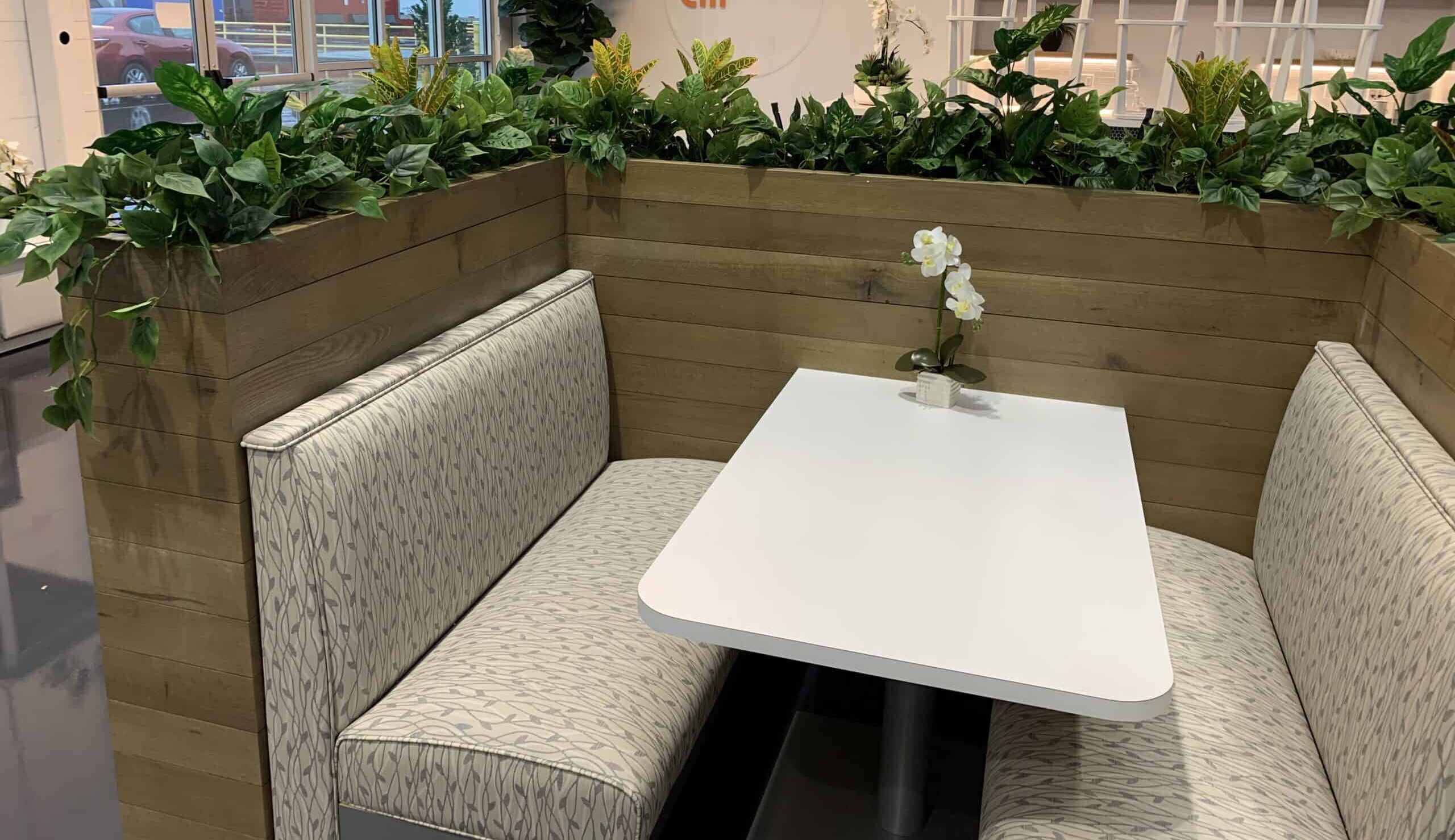
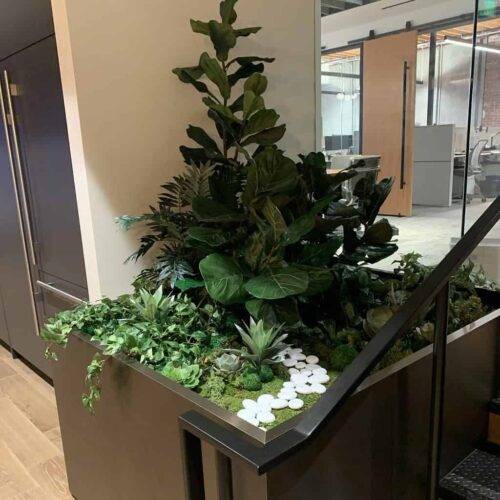
Artificial plantscapes are a way to bring the beauty of nature into the workplace without the need for live plants. These plantscapes can be created using a variety of materials, including silk or plastic plants that look and feel like real plants. This type of design can be customized to fit any office environment and can be an excellent way to foster a positive and uplifting atmosphere.
In recent years, studies have shown that incorporating plants into the workplace can have a host of benefits. Plants can reduce stress levels, improve air quality, and even enhance productivity. In this article, we will examine how artificial plantscapes specifically can boost employee productivity and satisfaction.
- Reduced Stress Levels
One of the most significant advantages of artificial plantscapes is that they can help to reduce stress levels in the workplace. As we all know, stress can have a significant impact on employee morale and boost productivity. When employees are stressed, they are less likely to be engaged, focused, and creative. However, research has demonstrated that exposure to nature, even in the form of artificial plants, can help to reduce stress levels and promote a sense of relaxation.
Artificial plantscapes can be particularly useful in high-stress work environments such as call centers, law firms, and hospitals. These environments are often fast-paced and stressful, and employees may not have access to natural greenery. By incorporating artificial plants into the workspace, employees can benefit from the calming effects of nature, even in the most stressful environments.
- Enhanced Productivity
Perhaps the most significant benefit of artificial plantscapes is the potential to enhance productivity. When employees are happier and less stressed, they engage in their work and produce higher-quality work. Studies have shown that employees who are exposed to natural elements, such as artificial plants, produce more and are more satisfied.
Artificial plantscapes can enhance productivity by creating a more visually appealing and inviting workspace. By incorporating plants into the office environment, employees are more likely to feel relaxed, focused, and creative. This type of environment can help to boost employee morale and motivation, which can lead to increased productivity.
- Improved Aesthetics
Finally, artificial plantscapes can also help to improve the overall aesthetics of the workspace. A well-designed artificial plantscape can make an office look more put-together and professional. This type of design is used to create a cohesive brand image and enhance the company’s overall image.
By improving the aesthetics of the workspace, employees are more likely to feel proud of their workspace and motivated to produce high-quality work. This, in turn, can lead to increased productivity and job satisfaction.
In conclusion, artificial plantscapes can have a significant impact on employee productivity and satisfaction. These plantscapes can help to reduce stress levels, enhance productivity, and improve the overall aesthetics of the workspace. By incorporating artificial plants into the office environment, business owners can create a more inviting and productive workspace that enhances employee morale and motivation. For more information, contact Pacific Silkscapes.

